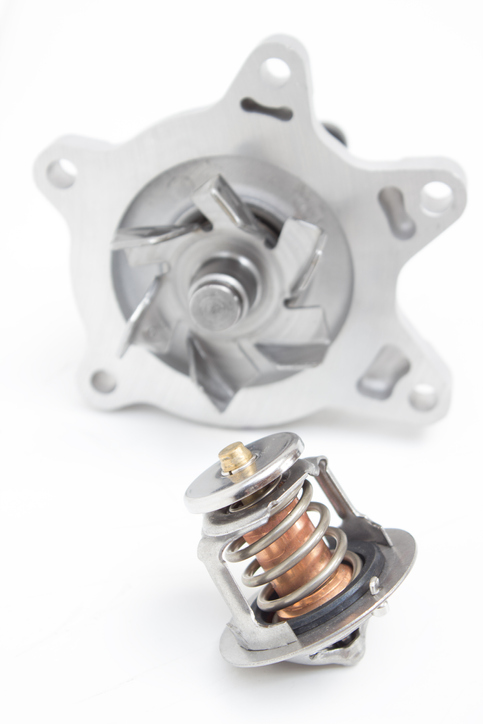
The Basics of Cooling Systems
December 5, 2018 4:04 amHow familiar are you with the components of your vehicle’s cooling system? For most car owner’s, their knowledge ends at the interior control system. You know how to turn it off and on to keep your car cool and comfortable. Beyond that, you probably aren’t sure about what the various components do or why they fail. Following is an overview from your auto repair shop in Madison, TN to familiarize yourself with this system.
If you have any questions about your cooling system or its operation, don’t hesitate to contact your local auto repair shop in Madison, TN for more information. Let’s take a look at the major components of the cooling system:
- The radiator: The radiator is a main component of your vehicle’s cooling system. This part is the heat exchanger—in other words, it is designed to exchange hot for cold. As coolant flows through the radiator, the radiator transfers heat from the coolant to the air that is blown through it by a fan.
- The radiator cap: This protective cap acts as a pressure valve. It includes a tank on each side to catch coolant fluid that overflows from the radiator. Its design allows this coolant to flow back into the radiator when the engine cools. During this cooling process, a vacuum is also created in the valve to protect against leaks.
- The hoses: These essential components carry the coolant through the cooling system. Hoses carry coolant through the radiator, through the engine and between the various parts.
- The thermostat: Your vehicle must adapt to extreme temperature levels both internally and externally. How can it do this? With the use of a thermostat. The thermostat controls the amount of coolant that flows through the engine. If the engine is cold, the thermostat limits the coolant flow. As the engine heats, it distributes coolant to maintain optimal temperatures.
- The water pump: This component partners with the thermostat and hoses to ensure coolant continues to flow through the vehicle. It pumps coolant through the hoses, to the radiator and to the engine block. It helps maintain a healthy temperature for the vehicle’s system. Belts and pullies are used to operate the water pump.
Why components fail
When it comes to coolant systems, the old saying rings true: nothing lasts forever. Over time, these components wear down. Common issues include coolant leaks in the radiator and hoses. The radiator cap may no longer create the appropriate vacuum seal. The thermostat may no longer properly detect the temperature.
While car repairs are inevitable, good maintenance can help keep repairs to a minimum. Partner with your auto repair shop in Madison, TN to properly maintain your cooling system. Regular inspections and replacements of old hoses can go a long way toward extending the life of your system.
Stay cool
To get the most out of your cooling system, contact the pros at Rivergate Muffler & Auto Repair. Our experienced team can answer any questions you have and partner with you to complete regular maintenance on your vehicle. Contact our friendly staff today!
Categorised in: Auto Repair Shop
This post was written by Writer

Comments are closed here.